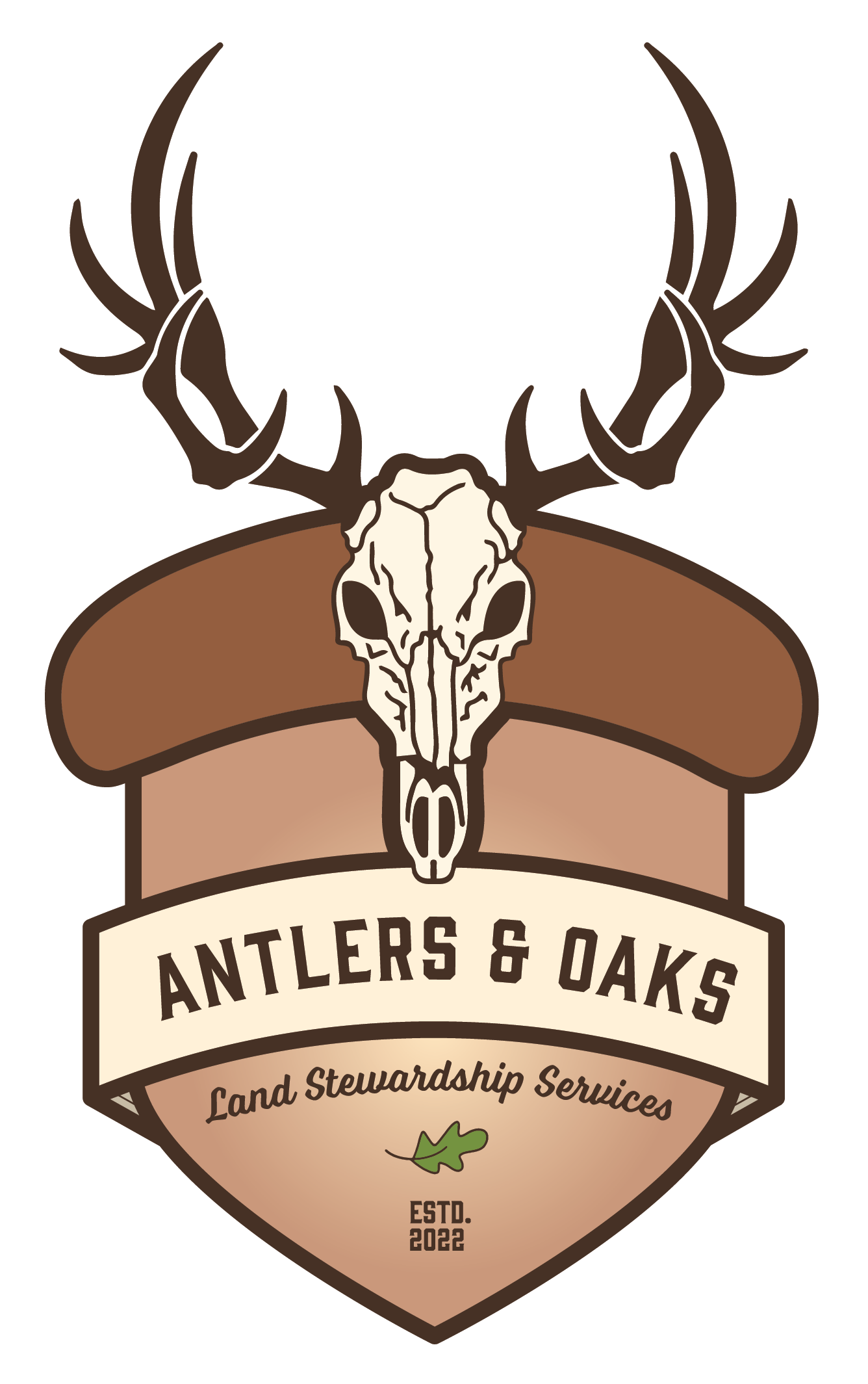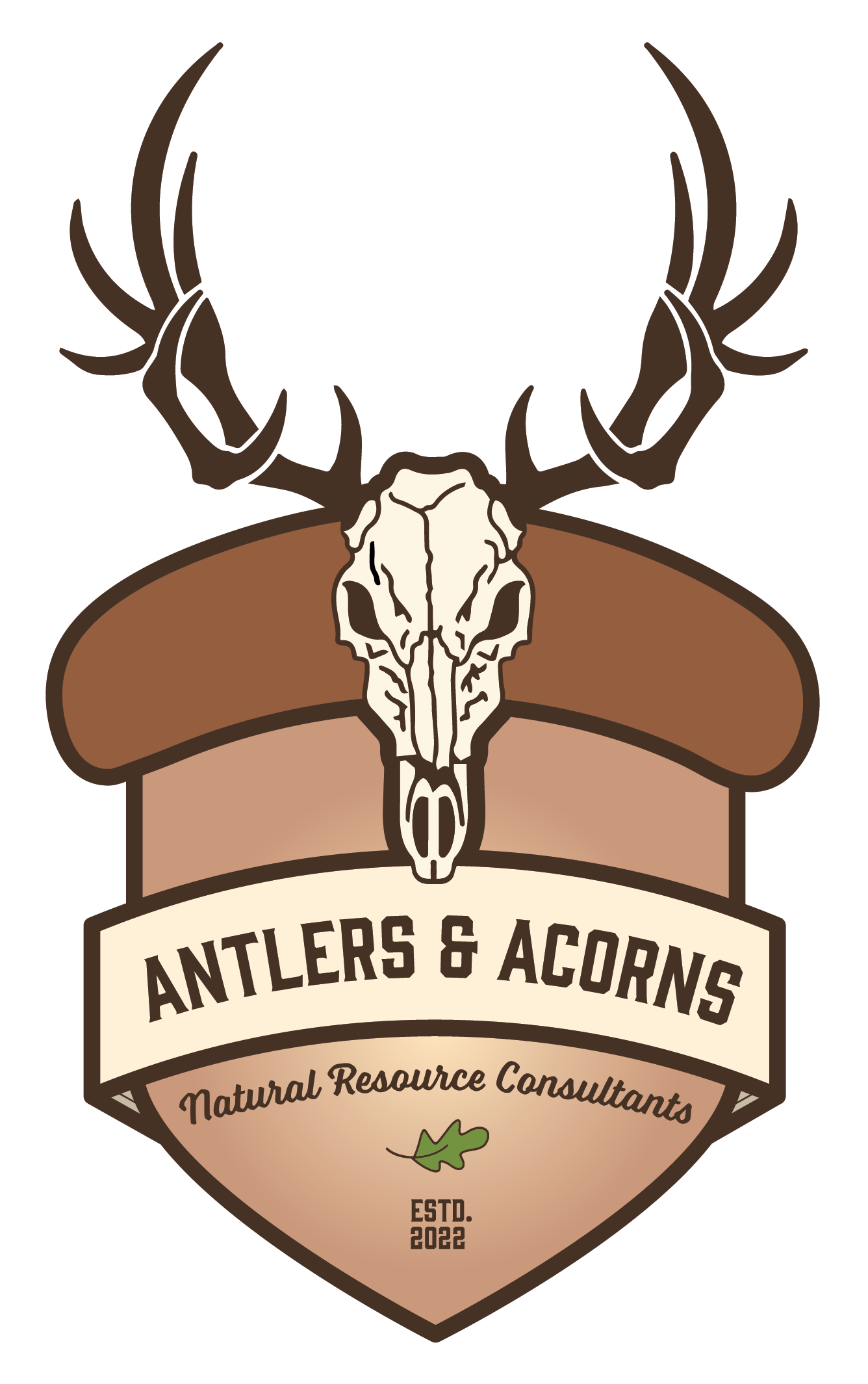How Ecological Elements are Used in Successful Wildlife Habitat Management
Ecological elements are the physical, chemical, and biological factors that influence the structure and function of an ecosystem. They include climate, soil, water, vegetation, animals, and human activities. Antlers & Oaks – Land Stewardship Services understands how these elements interact and affect wildlife habitats, and use them to benefit wildlife habitat management strategies for various properties.
Some examples of how we use ecological elements to benefit wildlife habitat management are:
● Climate/Weather: By monitoring the effects of shifting climate trends and seasonal transitions on wildlife habitats, we can plan for adaptation strategies. For example, you can plant native species that are more resilient to drought, heat, or flooding, or create corridors that allow wildlife to migrate to more suitable habitats.
● Soil: You can improve soil quality and fertility by using organic fertilizers, composting, mulching, or especially cover crops. This can enhance plant growth and diversity, which in turn can provide more food and cover for wildlife.
● Water: You can also protect water quality by reducing runoff, erosion, or pollution from various land uses within your property’s watershed. This can help maintain aquatic habitats and wetlands that are vital for many wildlife species.
● Vegetation: You can manage vegetation by using practices such as mowing, burning, grazing, or planting. These practices can create different types of habitats that suit different wildlife needs. For example, you can create forest openings, edges, or corridors that can benefit birds, mammals, or insects which are the foundation of any natural landscape community.
● Wildlife: You can manage wildlife populations by using practices such as hunting, trapping, or reintroduction. These practices can control invasive or overabundant species that may harm native wildlife or habitat that rely on your property’s land and water resources. They can also restore endangered or threatened species that may play important roles within the ecosystem where your land is located.
● Human activities: You can reduce human impacts on wildlife habitat by using practices such as designating recreational areas, refuge areas and access corridors. These practices can limit unnecessary infrastructure, fragmentation of habitat, or disturbance of natural areas. They can also increase awareness and appreciation of wildlife and their habitats among those that use and enjoy the property.
Antlers & Oaks – Land Stewardship Services has the ability and expertise to take these ecological into account and develop appropriate management recommendations to conserve, improve and protect the natural resources of wildlife and forest resources on your property.

